Some questions just spark debates that never seem to end—like asking, "Which is the best Indian film till now?" The answers aren't only about statistics and big box office numbers. There’s heart, nostalgia, and a sense of cultural pride tangled up in those words. People get fiercely loyal to their favorites, and with good reason. India churns out a jaw-dropping 1,800 films a year (yes, you read that right), and each one carries its own flavor. Some movies blow minds with their epic storytelling, some strike chords with unforgettable performances, while a handful leave their mark so deep, they define generations. If you’re buckling in for this ride, get ready—because we’re about to explore the most legendary Indian films and what makes a movie the best in a country obsessed with cinema.
The Criteria for Greatness: What Makes an Indian Film the Best?
Let’s be real—“the best” is subjective. For one person, it’s all about dazzling dance, for another, it’s depth and real emotion. So, what does it take for an Indian film to be considered the best? First, there’s universal appeal. The movie needs to connect with a massive, diverse audience—from Mumbai metro crowds to rural towns in Tamil Nadu. Then there’s the impact factor. Has the film shaped pop culture, inspired dialogue, or changed how people think? You can’t ignore technical brilliance either; direction, screenplay, acting, music—everything should pop. Longevity matters too. If the film is as gripping today as it was when it first came out, it’s doing something right. Box office success helps, but it’s not everything. Sometimes, a cult classic wins more hearts decades later than it did in theatres. Critics’ choice awards and international recognition add more weight, but audiences in India don’t always agree with the critics, and that’s part of the fun.
Indian cinema has always blurred lines between entertainment and emotion. The best films manage to both entertain and say something thoughtful. Movies like Raj Kapoor’s 'Shree 420', which dropped in 1955, nailed that balance. And Satyajit Ray’s ‘Pather Panchali’? It literally introduced Indian cinema to the world stage by winning at Cannes in 1956. Did you know? To shoot 'Pather Panchali', Ray sold his own books and wife’s jewelry. That’s dedication. On the technical front, Mani Ratnam’s 'Roja' revolutionized music in Indian films, thanks to A.R. Rahman’s surreal debut. Sound familiar? Music becomes a character in Indian movies, and sometimes the soundtrack alone builds a film’s legacy. Think about it—can you imagine ‘Dilwale Dulhania Le Jayenge’ (DDLJ) without its songs?
Fresh storytelling is another big tick mark. Films like ‘Queen’ and ‘3 Idiots’ shake up old school formulas and connect with younger audiences. Even regional movies break new ground—Malayalam and Marathi cinema quietly drop gems that Bollywood sometimes remakes later. Some say a movie that makes you cry and laugh at the same time is the real winner, and that magic is what keeps Indian movies alive worldwide. If you want to figure out your pick for the best, look for films that stirred controversy, changed technology, or had everyone quoting them at weddings and college fests. The film that checks the most boxes (emotion, impact, music, staying power, innovation) just might be your winner.
Contenders for “Best Indian Film”: Iconic Titles Through the Decades
Imagine picking just one film out of thousands—almost impossible, right? But certain movies just tower over others, whether it's because they completely shifted Indian cinema or because they keep popping up in conversations across decades. If you're still wondering which films make this VIP club, let’s spotlight a few that constantly come up in "best of all time" lists.
- Sholay (1975): Ask any Indian movie lover, and this action-packed western gets a nod. Gabbar Singh’s “Kitne aadmi the?” is basically a pop culture anthem. Box office? Smash hit. Influence? Off the charts.
- Pather Panchali (1955): Satyajit Ray’s masterpiece is treasured not just in India, but around the world. The film put India on the global cinema map and even inspired directors like Martin Scorsese.
- Mother India (1957): This is the first Indian entry to snag an Oscar nomination for Best Foreign Language Film. It’s all about resilience, sacrifice, and the epic struggle of a mother—timeless stuff.
- Mughal-e-Azam (1960): Talk about grand scale and timeless love stories—this film was so epic, people lined up again in 2004 just to catch its re-release in color.
- Guide (1965): Based on R.K. Narayan’s novel, this one blended drama, heartbreak, and classic songs into a philosophical journey. The National Film Awards, Filmfare, and hearts everywhere went wild for it.
- Deewaar (1975): Amitabh Bachchan’s “Mere paas maa hai” didn’t just become a catchphrase, it defined a whole era of angry young man roles.
- Lagaan (2001): Cricket meets colonial struggle in this period drama—a combination that won it an Oscar nomination and gave Bollywood a sports movie formula it never lets go.
- Dilwale Dulhania Le Jayenge (1995): DDLJ didn't just break box office records—the Maratha Mandir theatre in Mumbai ran the film for nearly 25 years straight. Shah Rukh and Kajol’s romance practically invented modern Indian romcoms.
- 3 Idiots (2009): Comedy with meaning. The film took on the Indian education system and had people quoting “All is well” at every exam. The classroom scene with “astronaut pen” is still watched by millions on YouTube.
- Baahubali: The Beginning (2015) and Baahubali: The Conclusion (2017): These films broke language barriers. Audiences from Delhi to Dallas cheered for the Mahishmati kingdom, and the visual effects (especially that waterfall scene!) set a new benchmark.
Still following along? Keep in mind, the “best” isn’t always about box office gold. For instance, ‘Anand’ (1971) is loved for its gut-wrenching honesty, while Adoor Gopalakrishnan’s ‘Elippathayam’ often tops critics’ lists, despite not being mainstream.
Some stats for perspective:
| Film | Year | Main Language | Awards Won | Genres | Trailer Views (as of 2025) |
|---|---|---|---|---|---|
| Sholay | 1975 | Hindi | Filmfare, BFJA | Action, Drama | 18M |
| Pather Panchali | 1955 | Bengali | Cannes, National | Drama | 3M |
| Baahubali: The Conclusion | 2017 | Telugu (Dubbed) | National, SIIMA | Action, Fantasy | 102M |
| 3 Idiots | 2009 | Hindi | Filmfare, IIFA | Comedy, Drama | 45M |
| Dilwale Dulhania Le Jayenge | 1995 | Hindi | Filmfare, National | Romance, Drama | 28M |
What about today’s contenders? Recently, movies like ‘RRR’ and 'Gully Boy' stunned international critics, and made waves at festivals. The bar for visual effects or bold storytelling just keeps getting higher.
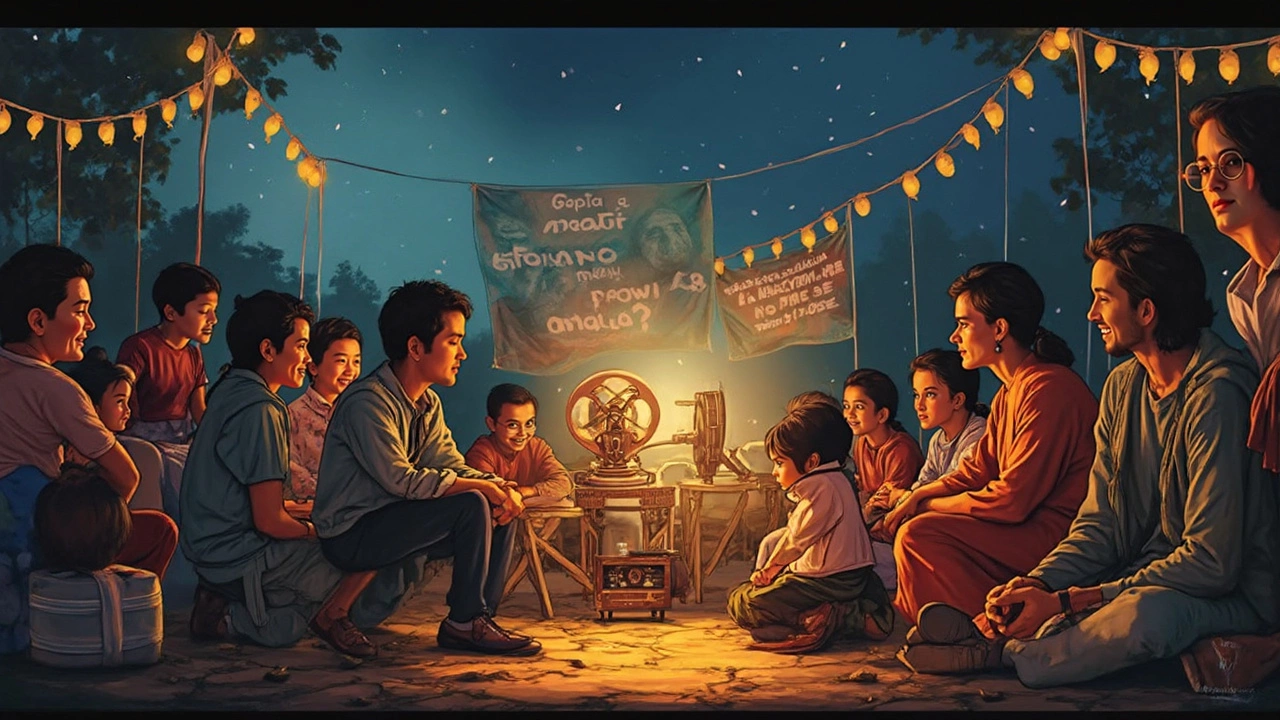
Regional Gems and International Recognition: Beyond Bollywood
You can’t talk about Indian movies and ignore what’s happening outside Bollywood. Movies from the south—Tamil, Telugu, Malayalam, Kannada—are taking wild creative swings and often outshining their big-city cousins. Mani Ratnam’s ‘Nayakan’ and Malayalam legend ‘Kireedam’ are deep, gritty, and so beloved their dialogues are quoted by people who weren’t even born when the films were released. Kamal Haasan, Mammootty, Mohanlal—they’re superstars who take on roles that push boundaries every time.
Let’s look at Bengali cinema—a playground for storytelling, symbolism, and raw emotion. Ritwik Ghatak’s ‘Meghe Dhaka Tara’ is required viewing in film schools worldwide. Marathi cinema’s ‘Court’ bagged the Best Feature Film at the 62nd National Film Awards and was India’s entry to the Oscars. And let’s not forget Kannada’s ‘KGF: Chapter 2’, which pulled huge crowds across states, breaking language, age, and even geography barriers.
Indian films are now regulars at international festivals. ‘Lunchbox’, a sweet Mumbai romance with internationally appealing flavor, picked up audience awards at Cannes and Toronto. 'Newton' grabbed the Jury Prize at Berlin. ‘Gully Boy’, India’s answer to hip hop, took Berlin by storm in 2019. RRR’s ‘Naatu Naatu’ song snagged an Oscar for Best Original Song—it’s historic. The world is finally catching on to what Indian audiences have known for ages: Indian cinema is as vast and varied as the country itself.
If you want your film experience to stretch beyond Bollywood, here’s a quick must-see list:
- Nayakan (Tamil)
- Kireedam (Malayalam)
- Court (Marathi)
- Mahanati (Telugu)
- Mughal-e-Azam (Hindi, Urdu)
Keep an eye on regional award ceremonies like Filmfare South and National Film Awards if you’re hunting for hidden gems. Streaming platforms now make it easier to explore films in languages you never imagined. Just turn on subtitles and enjoy the ride.
The Best Ever? The Case for Three Unforgettable Indian Films
You want a straight answer? Most long-time fans will tell you it comes down to a handful of all-time legends. For my money, “the best” just has to be one of three undeniable blockbusters—so let’s size them up.
Pather Panchali (1955): This one’s pure world cinema royalty. The first of Ray’s Apu Trilogy, it’s a slow, humane, emotional journey with simple but stunning visuals. Internationally, it’s India’s best-known export, still studied by filmmakers from Hollywood to Tokyo. The story hits home regardless of culture or language and inspires generations of indie filmmakers. Did you know it was shot over three years with a shoestring budget, a mostly amateur cast, and lots of improvisation?
Sholay (1975): If you only watched one masala blockbuster, make it this. Every line is a meme, every character has become a household name. Cowboys, dacoits, comic relief—it's all in one wild package. 'Sholay' was shot using 70mm film, unheard of for the time, and packs a killer soundtrack. It’s watched and re-watched at every family gathering, setting the gold standard for entertainment.
Dilwale Dulhania Le Jayenge (1995): Nearly 30 years after release, people still flock to see DDLJ on the big screen. The Shah Rukh-Kajol love story became a blueprint for modern romance in India. It shows up at every "best Indian film" poll, and there’s a reason why SRK became the “King of Bollywood” right after. Weddings, dialogues, fashion—DDLJ’s influence is everywhere.
If you forced people to vote right now for the best, the title could swing between these three, depending on the region, age group, and personal taste. The best Indian film isn’t just a title—it’s a feeling people keep chasing, movie after movie, year after year. Honestly, with technology sprinting ahead and new voices breaking in every year, who knows? Tomorrow’s best Indian film could be releasing next Friday.
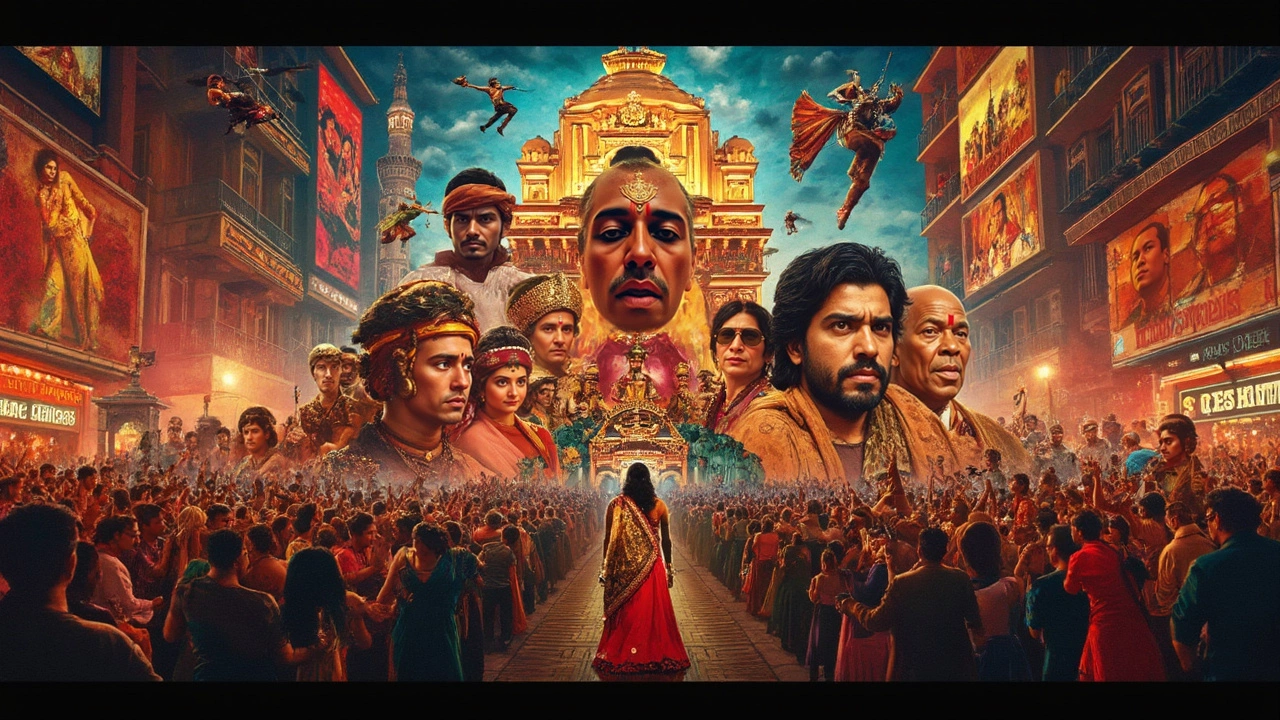

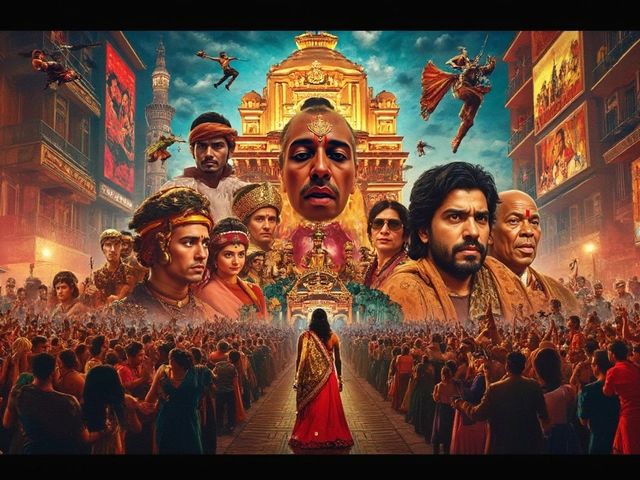
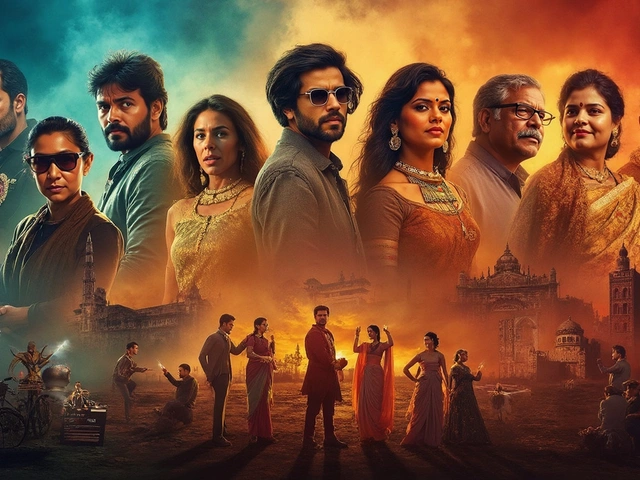
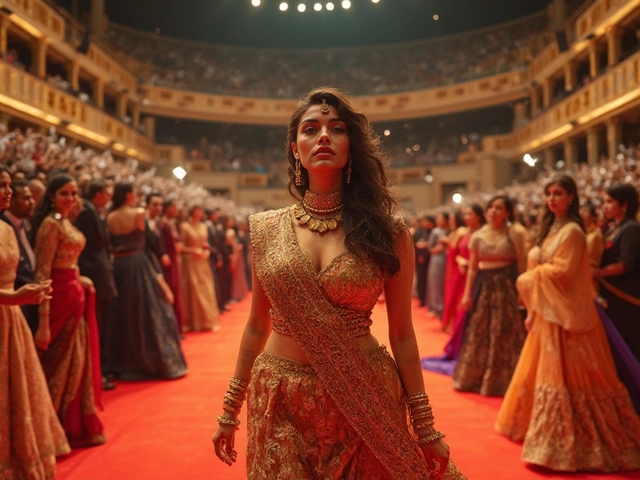
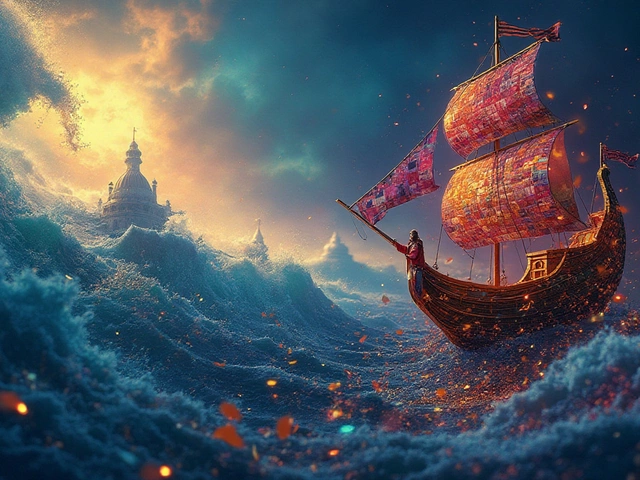
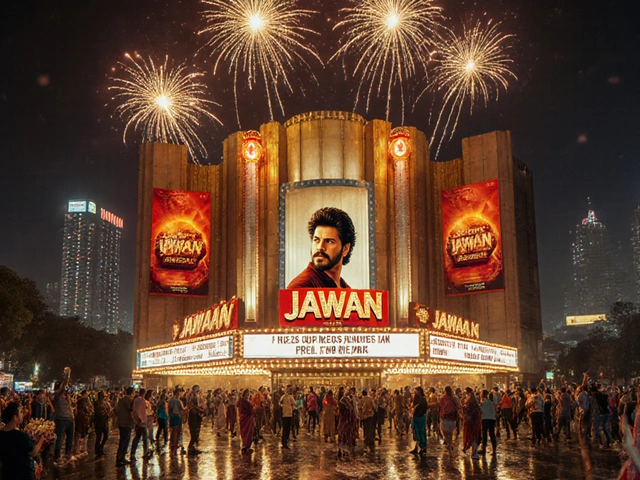
Post A Comment